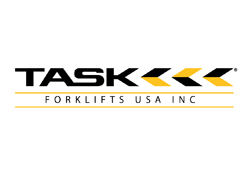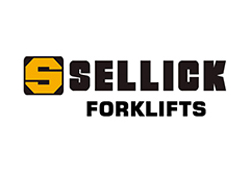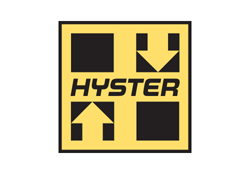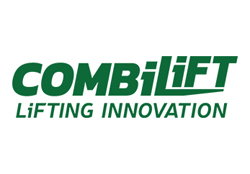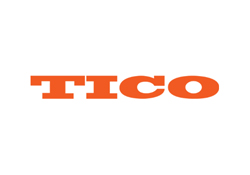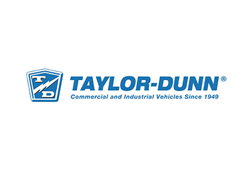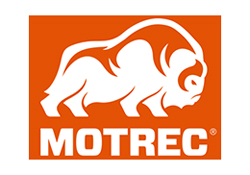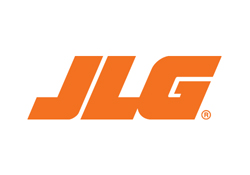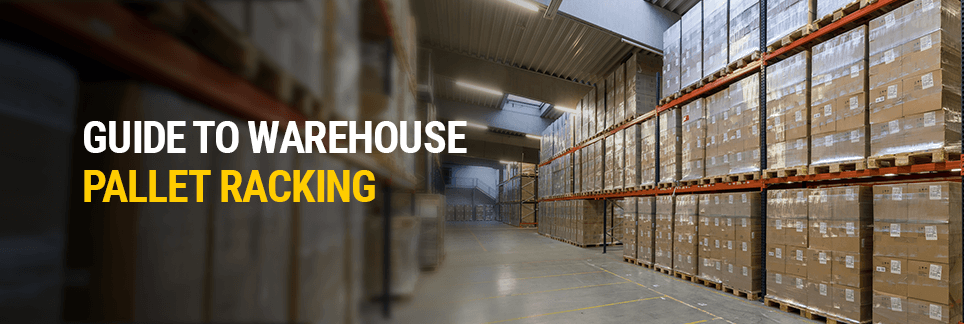
Guide to Warehouse Pallet Racking
Industrial warehouse racking delivers many benefits to businesses. Pallet racks optimize space, increase organization and prevent product damage. However, there are several pallet racking layouts to consider, each with unique advantages. Here, you can learn more about the benefits of pallet racking and how to choose the right setup to meet your needs.
Benefits of Optimizing Your Warehouse Racking Layout
Implementing the right pallet-racking solution allows you to optimize processes and streamline workflows. Benefits of pallet racking optimization include:
- Space optimization: Pallet racks allow you to store more goods by leveraging the vertical space in your facility.
- Enhanced organization: The right racking layout allows you to create an organized system for storing and retrieving items.
- Reduced product damage: Keeping your products on pallet racks reduces damage by minimizing exposure to moisture, pests and other elements the ground can expose goods to.
- Boosted productivity: Enhanced organization and efficient layouts empower your team to retrieve items faster and with more accuracy.
Pallet Racking Components
Most pallet racks feature the same basic components. These parts include:
- Frame: The frame is a metal structure with two vertically positioned posts. These posts are joined together for stability.
- Shim: Shims are the components under the frame posts to stabilize the rack on uneven flooring.
- Anchor bolt: An anchor bolt secures the racks to the warehouse floor. The floor type and stresses the structure must withstand will determine the selected anchor bolts.
- Beam: The horizontal piece holding the pallets is the beam. The beam connects to the frame with welded endplates or connectors at the ends.
Types of Pallet Racking
There are several strategies for pallet racking. Each has advantages and drawbacks for warehouse operations. Understanding these systems is critical for choosing the most effective solution. Racking types include:
- Selective or standard: This type of racking is the most basic strategy. You can find two types of standard racking— structural and roll-formed. Structural racking hot-rolls iron into steel channels. These channels are bolted together to create a heavy-duty system. Roll-formed racking is an easy-to-assemble solution that is beneficial for lower-capacity applications.
- Push-back: This gravity flow rack system allows teams to store between two and six pallets deep on either aisle side. The interior pallets are accessible by lane pull-outs that operate similarly to a drawer. Push-back racking may be ideal if you store multiple pallets of the same stock-keeping units (SKUs) in each lane. This type is a high-density storage solution.
- Drive-in: Drive-in or drive-through systems allow lift trucks to access a rack frame’s interior loads. You must dedicate each lane to a single SKU to avoid double-handling in these systems. Drive-in racks allow you to execute put-away and retrieval tasks from the same aisle. Alternatively, you can enter from one lane and exit from another. These systems are generally effective for warehouses with large pallet quantities of similar products.
- Single-deep: Single-deep racking ensures workers can access all loads at any time. This strategy has no honeycomb loss, meaning it offers complete accessibility. This method requires an aisle for every rack row.
- Double-deep: This strategy involves placing two single-deep racks in front of each other, allowing teams to store pallets two deep. Each rack is accessible and possesses load-supporting beams. Double-deep racking can increase storage space but reduce the number of loads immediately accessible. Teams that often pick loads in multiples of two can benefit from double-deep racking.
- Block stacking: This method involves stacking loads on top of each other. Generally, teams will arrange the pallets in lanes, determining the lane depth by the amount of back-to-back pallets. This strategy is most effective for teams leveraging low SKU diversity.
- Pallet flow racks: Flow-through racks rely on wheels or rollers and gravity to facilitate the accumulation and flow of pallets in a lane. You can make depths as great as 20 pallets deep with this system, creating a flexible, high-density storage solution. Workers must load pallets from the system’s backside and remove pallets from the front side. When you remove a pallet from the front, the pallets behind it slide automatically into the open spot.
How to Choose the Best Warehouse Racking Setup
While understanding the different types of racking systems available may give you an idea of suitable options, there are other elements to consider. Choosing the right setup is crucial for maximizing benefits and supporting efficiency. Here’s how you can determine the right racking method for your operations:
Consider Your Budget
You should first establish a budget for your racking system. The size you need and the material of the racking system will affect your overall cost significantly. Consider the cost per rack for each system you’re considering. If the price of several systems is similar, consider how each system can impact your overall productivity. A system may be more expensive upfront, but if it can streamline operations and reduce damages, you may be able to save on more costs over time.
Evaluate Your Floor Space and Vertical Capacity
You also need to understand your floor space and vertical capacity. These numbers will indicate which systems you can physically accommodate in your warehouse. Optimizing your space will allow you to boost productivity while maintaining worker safety. Additionally, this tip will ensure you do not overspend on a system that is too large for your needs.
Understand Your Products
Your products will also dictate the system you need. Your product weights and dimensions determine which systems can support your items and keep them secure. These characteristics can also help you choose a picking strategy. For example, the way you set up your system and organize your products can support first-in, first-out retrieval methods.
Assess Material Handling Equipment
Some racking systems require specialized material handling equipment. For example, drive-through or drive-in systems require lift trucks. You must assess your ability to support this equipment by considering factors like overhead guards and aisle space. Additionally, if your warehouse has narrow aisles, a small forklift with excellent maneuverability can increase efficiency.
Embrace Warehouse Racking Safety
It is crucial to prioritize safety and security when choosing a pallet racking system. Ensure workers can safely navigate aisles and understand proper procedures for storing and retrieving goods. Invest in operator safety training if you use material handling equipment.
Request Warehouse Racking Solutions
Pallet rack systems can quickly transform warehouse space and operations. When you need racking systems, trust Gregory Poole to help you find the right solution. Founded in 1951, Gregory Poole has decades of experience with lift systems and ensuring customer satisfaction. Ready to embrace the benefits of pallet racking? Find a location near you to request quality warehouse racking solutions.
